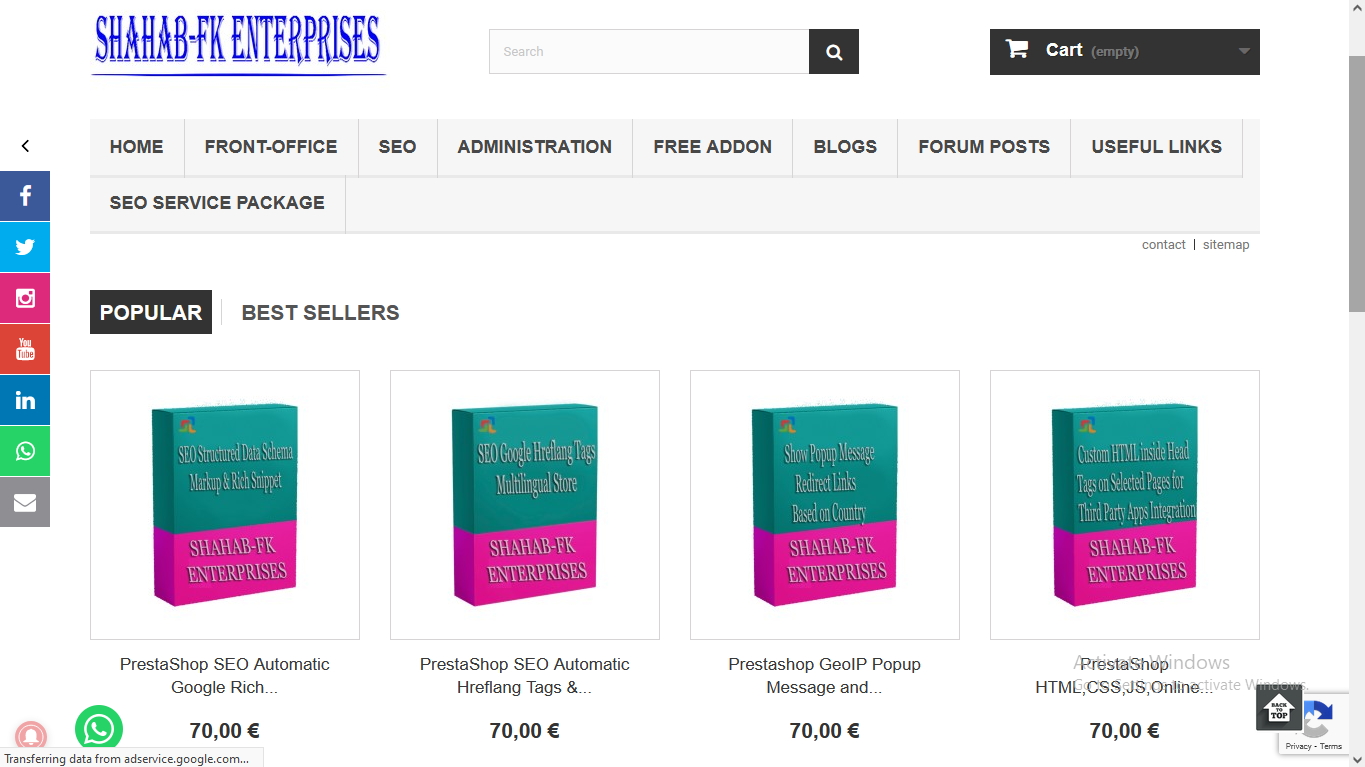How To Optimize Your Webpage For Higher Search Engine Rankings If you’ve ever wanted get more traffic to your website without having to pay for it, then good search engine optimization (SEO) is your best bet. Optimizing your website for the search engines means improving key elements of your site so that internal rules used by a search engine’s ranking system will score your site higher. There are two basic areas where optimization is possible.
On-site SEO refers to actions you can take on your website’s content and design that make it more attractive to search engines. Off-site SEO is related to things that happen elsewhere on the internet, such as how many external sites link to yours. Also, every site can be broken down into the content it contains and the coding that determines how the content is displayed to a visitor. Both content and coding can benefit from improvements. This article is primarily about good on-site SEO practices for your content.
Well-optimized content is quality content. Defining quality is not an exact science, but it includes factors like spelling, grammar and length. Poorly written short posts are unlikely to see high rankings in search engine results. Is the content relevant to the subject of your overall site? An article about improving your golf swing will likely not rank well if it is included on a site about infant care. The best content includes resources and information that your readers will enjoy and want to share with others.
If high search rankings are your goal, then your content will likely be structured around certain target phrases. The goal is to rank your webpage as highly as possible for a particular phrase being used by internet searchers. Your chosen phrase should appear in several key places, including the title of the page and at least one content subheading. It should also be included several times throughout your content. Experts disagree on the exact number of times it should be included. A good rule of thumb is to include it once every few hundred words. If your content no longer flows naturally to the reader, then you’ve gone too far.
Well-optimized content should also include images related to your subject. Your key phrase should appear in the image titles and captions. Use high-quality images that are interesting to your readers. Make sure you have the right to display the images on your site. Give attribution to the source when it is required.
Another important factor in the ranking decision for your page is the presence of interactivity. Search engines seem to prefer sites that offer the visitor an opportunity to engage actively with your page. This requirement can be met by allowing the reader to comment on what you’ve written. You should respond to any comments made and attempt to keep the conversation going.
If you want to impress the search engines into bumping your page up in their rankings, concentrate on creating excellent quality content. It should be well-written and on-target with your site’s focus. Include interesting graphics and allow your visitors to interact with the site. Good on-site SEO may not be all it takes to get that coveted number one spot, but it will certainly take your page a long way toward that goal.

